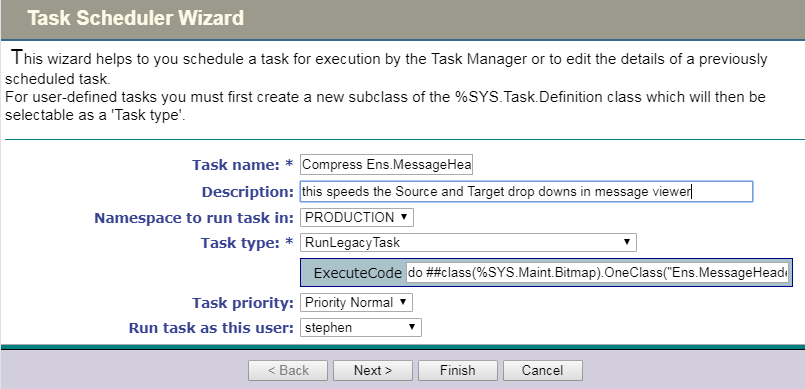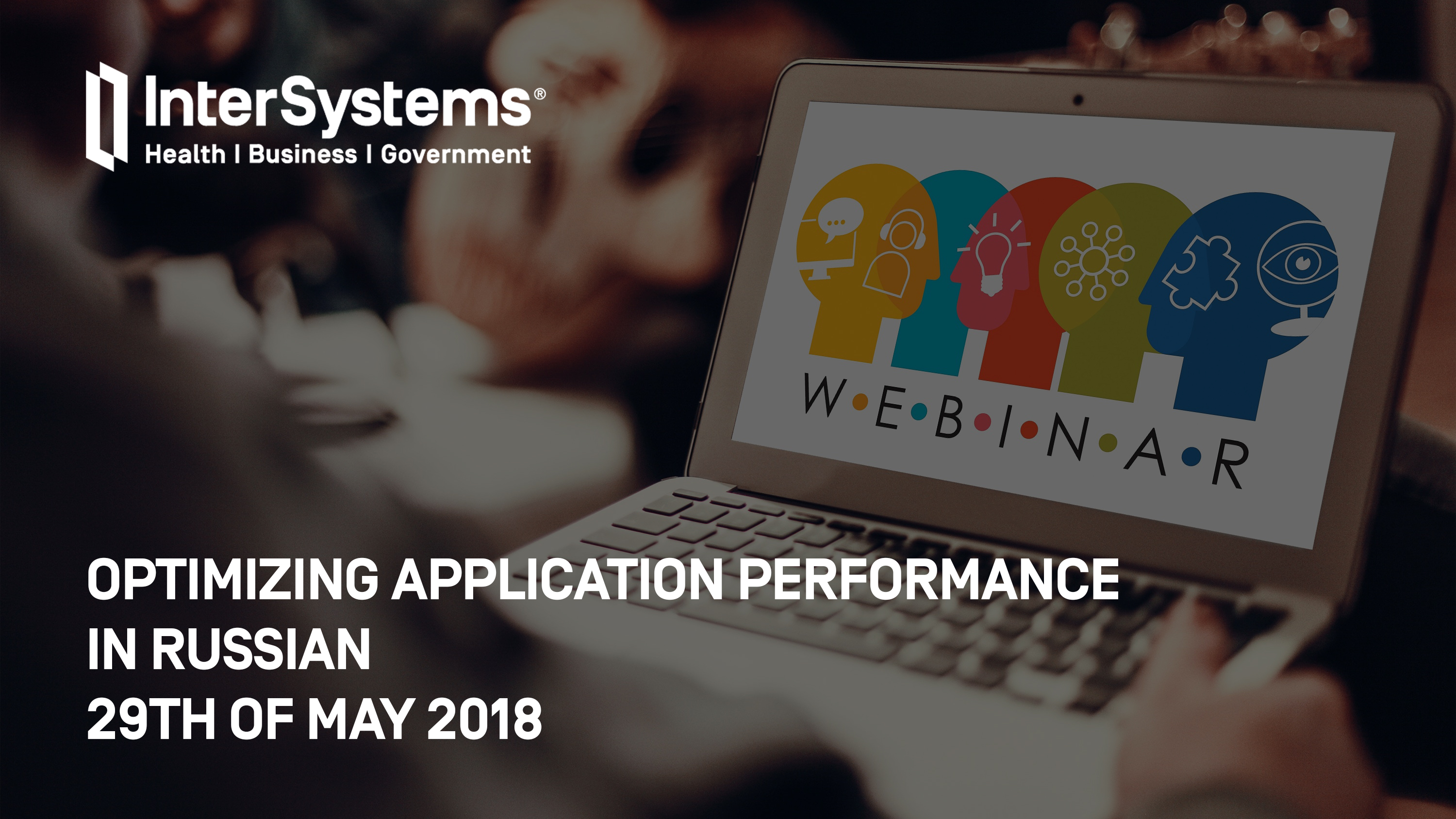
Slowness of the 'Source' and 'Target' parameters in the (portal) Message Viewer is caused by the Bitmap indices of Ens.MessageHeader.
Running the 'bitmap index clean up' routine for Ens.MessageHeader will fix the issue.
I checked with WRC and they advised:


